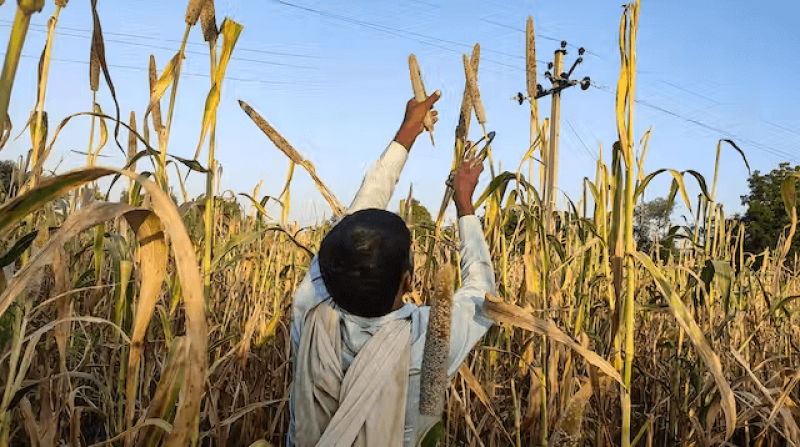For decades, scientists have pursued a tantalizing possibility for bolstering food supplies and easing hunger for the world’s poorest: improving photosynthesis, the biological process in plants that sustains nearly all life on Earth.
Now, researchers say that by using genetic modifications to increase the efficiency of photosynthesis, they significantly increased yields in a food crop, soybeans, providing a glimmer of potential that such methods could someday put more food on tables as climate change and other threats make it harder for vulnerable populations across the globe to feed their families.
The scientists tested their gene alterations on soy plants grown in a single location during just two crop seasons. In interviews, they acknowledged that more trials were needed to see whether their results would hold up across different environments and weather conditions. Their methods will also have to pass muster with government regulators before crops transformed this way will ever reach farmers’ fields.
Without major changes to agriculture, governments’ targets for mitigating climate change are at risk, scientists warn. Yet addressing malnutrition and hunger in the short term might require pressing more land and other resources into service, which could accentuate warming.
That is why scientific advancements that could help us produce more nourishment without using more land, whether by improving photosynthesis or otherwise, hold such promise.































